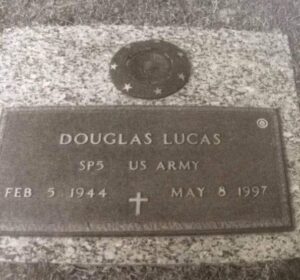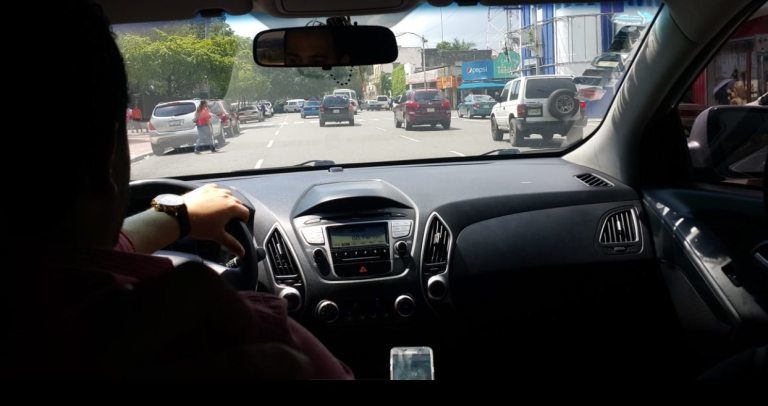The Story Of The US Sniper In The Colonial Zone Of Santo Domingo
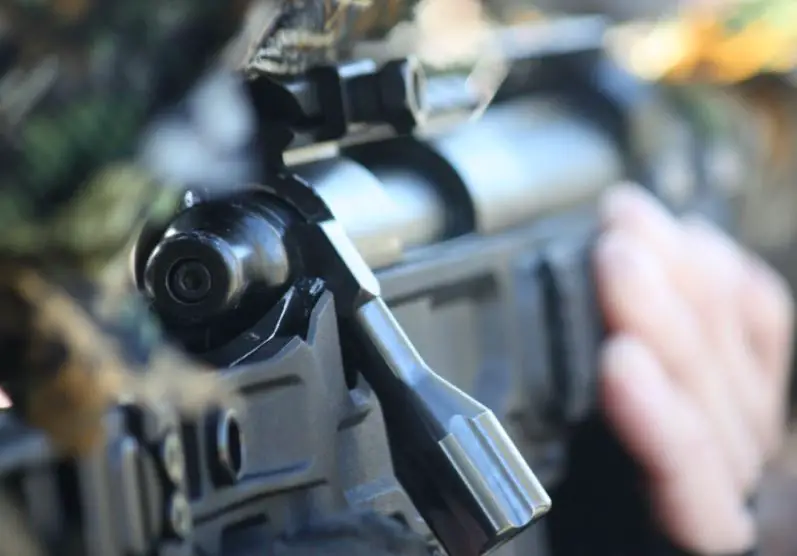
I don’t know why, but I am an inveterate fan of war tourism, I always watch documentaries of all the wars and battles, especially of the second world war, and I dream of someday visiting those places.
I happened to visit recently the colonial city of Santo Domingo, and I walked to the bottom of the street el conde, I went down some stairs and I came across an area at the end of the street, on the other side a beautiful view of the boardwalk avenue, followed by a beautiful river illuminated by lights, and in the background, a large building, called the building of the mills, I was looking at that building and it came to my mind a great war story that happened in this city and this building was the protagonist.
It is incredible how such a beautiful and touristic place hides stories bathed in blood, terror, and violence.
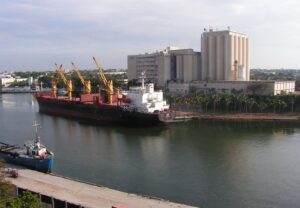
The beginning of a civil war in Santo Domingo
On April 28, 1965, the U.S. military intervention in the Dominican Republic took place as a result of the civil war that occurred on April 24 of that year, under the pretext of “saving” the lives of U.S. citizens living in this country.
The U.S. troops seized the Molinos Dominicanos building located in the eastern part of Santo Domingo, on the banks of the Ozama River and turned it into a barracks, which was occupied by about 80 U.S. soldiers commanded by Lieutenant Colonel Geo C. Diney. The silos of this building, that is to say, the roof was used as an observation point and from there they had control of almost half of the Colonial Zone.
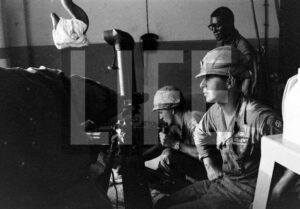
The US Sniper
Douglas Lucas is known for being responsible for the death of several Constitutionalist soldiers and civilians. The American newspaper The New York Times did a report on this soldier and sent the reporter Martin Arnold to cover this report in the Dominican Mills.
Lucas was very popular among his comrades because he was considered the best sniper among them, Arnold asked Lucas how many people he had killed from the silos and he answered that he was not sure, maybe 8 people.
Douglas Lucas stayed on Dominican soil until June 4, 1965, where he would later be sent to Vietnam. Contrary to what many people believe, he did not die in Vietnam, but in the U.S. in 1997.
Sergeant Lucas’ shots were fired from the top of Los Molinos towards Isabel Católica Street, where it was necessary to cross with care, and even Arzobispo Meriño Street, at one of the intersections.
Almost all of Lucas’ shots were aimed at poor townspeople who were crossing the street without noticing. He did not fire the shots all the time but at specific moments. The distance between the Molinos building, between its roof, and those streets was only 400 meters, more or less.
The sniper as an urban legend in Santo Domingo
In the Dominican Republic, there is a very famous phrase that says “they are shooting from the mills”, this is said when the situation is becoming dangerous and you have to be careful, this phrase was born as a result of the situation that happened in the colonial area in 1965.
Many people believe that the sniper named Douglas Lucas, never existed and that this is just an invented name attributed to an urban legend, others thought that this sniper was killed in the Vietnam War.
The psychological impact and the pain left in the footprint of the Dominican people was so great, that even a poem was written to this sniper, and a person investigated a lot trying to find the whereabouts of Douglas Lucas, which was very difficult because, in reality, these soldiers snipers are very difficult to get personal information and it is not offered to anyone.
Anyway, during the investigation, a person discovered in the city of North Carolina, the headquarters where the soldier Lucas was, the location of the grave in the small cemetery Carolina Biblical Gardens Perpetual Care, there were the remains of the soldier Douglas Lucas.

